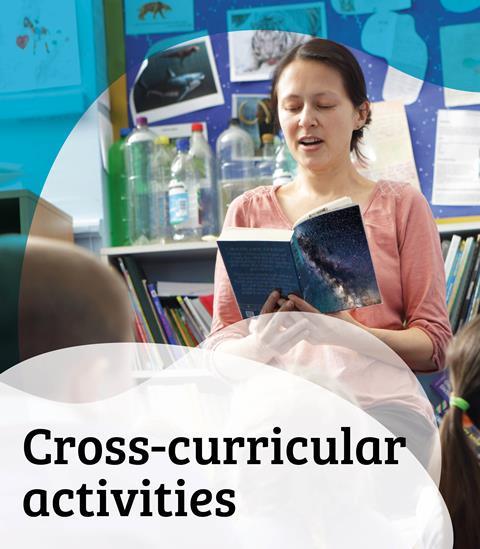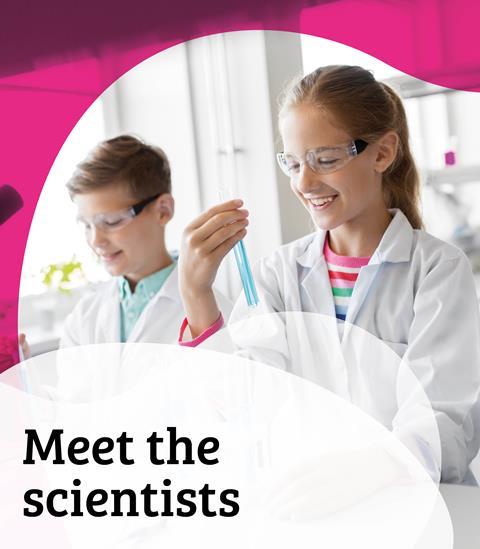The ‘irreversible changes- chemical reactions’ chapter from That’s Chemistry! This chapter looks at key ideas and activities that can be used to help students learn how non-reversible changes result in the formation of new materials
The ‘irreversible changes- chemical reactions’ chapter from That’s Chemistry! This chapter looks at key ideas and activities that can be used to help students learn how non-reversible changes result in the formation of new materials.
These PDFs have been taken from the popular book, That’s Chemistry! compiled by Jan Rees.
This book covers key ideas of physical science that primary students learn about, as well as giving numerous suggestions of activities, demonstrations and investigations that can be used to enhance students’ learning.
If you teach primary science, see the headings below to find out how to use this resource:
Skill development
Children will develop their working scientifically skills by:
- Asking their own questions about scientific phenomena.
- Selecting and planning the most appropriate ways to answer questions, including:
- Researching using a wide range of secondary sources of information.
- Grouping and classifying object.
- Carrying out comparative and fair tests.
- Recording data and results using scientific diagrams and labels, classification keys, tables, scatter graphs, bar and line graphs.
- Drawing conclusions and raising further questions to be investigated, based on their data and observations.
- Using appropriate scientific language and ideas to explain, evaluate and communicate their methods and findings.
Learning outcomes
Children will:
- Explain that some changes result in the formation of new materials, and that this kind of change is not usually reversible, including changes associated with burning and the action of acid on bicarbonate of soda.
Concepts supported
Children will learn:
- What is meant by the terms reversible and irreversible change, as well as examples of both.
- That removing rust by scraping is not an example of a reversible process.
Suggested activity use
This resource can be used as a long-term planning tool in which you map out different activities to help children build an understanding about reversible and irreversible changes. The resource provides practical experiences for children to embed their knowledge and understanding, either working as a whole class or in smaller groups.
The activities described provide opportunities for cross-curricular work with art and design technology, exploiting chemical changes to make models out of plaster of Paris and bioplastics.
Practical considerations
You should be clear about what you want children to learn as a result of carrying out a particular activity or activities.
Different equipment is needed for the various activities, which will need to be provided in order for children to carry out the task.
Downloads
Irreversible changes
Tutorial | PDF, Size 5.36 mbBibliography and teachers resources
Tutorial | PDF, Size 2.53 mb
Websites
Additional information
That’s Chemistry!

Discover the informative chapters of That’s Chemistry! Each chapter explains a chemistry concept and gives numerous ideas for activites to support students’ learning.
- 1
- 2
- 3
- 4
- 5
- 6
- 7
 Currently
reading
Currently
reading
Irreversible changes: chemical reactions
- 9
- 10
- 11
- 12
- 13





































No comments yet